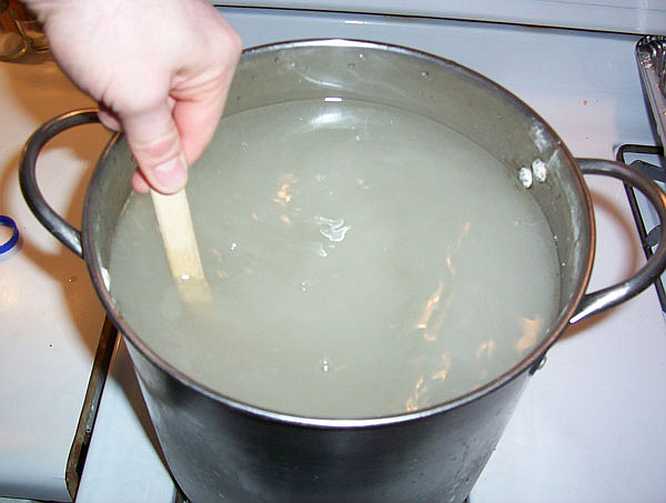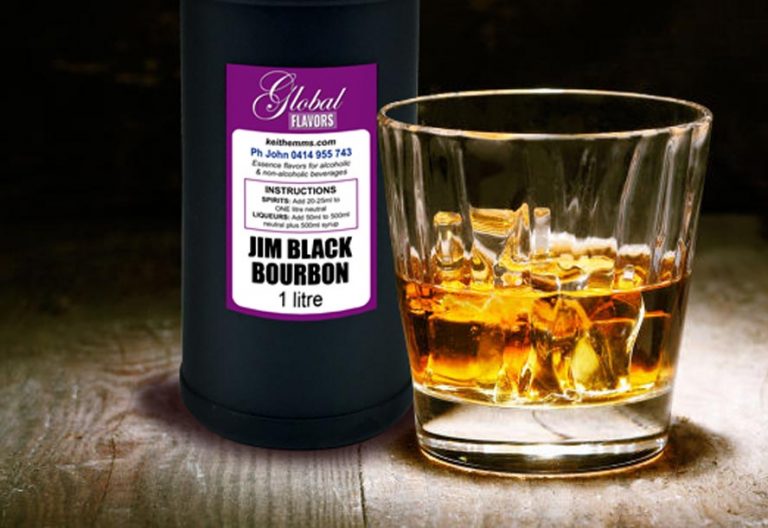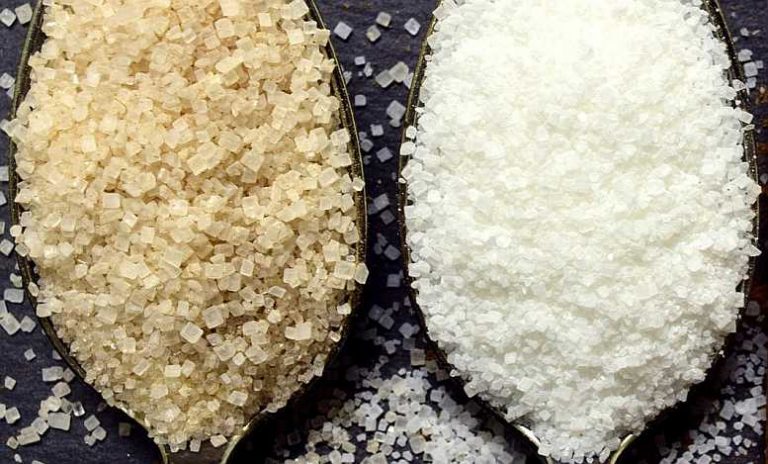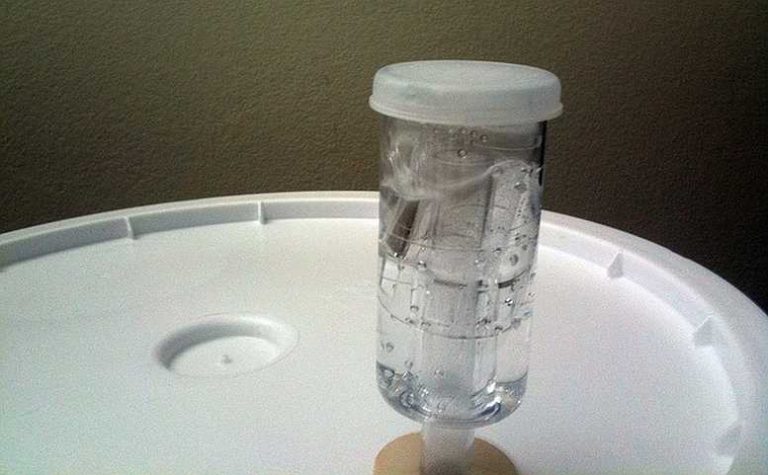Beginners’ Gems #2: More Basics to Help Home Distiller Beginners

AFTER THE initial popularity to last week’s Beginners Tips we’ve decided to add some more basics to help our new home distilling enthusaists.
We’re continuing our Fermentation questions and answers, hopefully to allow our newcomers to gain a better basic understanding of what’s happening when they get running.
More on fermentation
Why did my yeast stop working before all the sugar was used?
The most common cause of this is overheating of the mix. Always refer to the recommended temperature range for the specific Turbo you are using.
CLICK HERE NOW to get your NEW RELEASE Jack Bourbon: Jack Taste-Alike Spirit Essence
During fermentation a lot of energy is released which results in an increase of temperature sometimes by as much as 8o C.
For this reason, do not cover the fermenter nor use heating of any sort for the first 24 hours unless you are in an extremely cold area.
If you do believe you need to does this then monitor the temperature regularly. Remember if the mix gets too cold you can start it again by stirring and heating.
If the mix gets too hot then you may weaken or kill the yeast. Also, leaving the mix in a position where the sun will shine directly on the fermenter during the day may result in excessive temperatures.
Try to keep the fermenter in a position where the temperature will be constant throughout the day.
Most damage to yeast occurs in the first 24 hours of fermentation but does not show up until the end off fermentation when a higher specific gravity is noticed.
Don’t use more sugar or less water than what is recommended on your yeast packet. The correct ratio of sugar, nutrients, yeast and water must be maintained.
High temperatures coupled with higher concentrations of sugar will result in stuck fermentations as you have two adverse conditions working together.
Also ensure that all equipment is sterlised and cleaned before use to prevent bacterial infection in your wash.
INFUSE Your Neutral Spirits with THE MAGIC of WILD TURKEY…
Restricting access to other organisms by sanitising all your equipment is vital and you must keep your mix sealed in an air-tight container with an airlock.
No matter how careful you are in cleaning your equipment, some bacteria and unwanted organisms will find their way into your wash.
Yeasts multiply approximately every 2 hours and bacteria every 20 minutes, but when yeasts start to multiply they reduce the ph (increase the acidity) and remove the oxygen.
Both these factors will destroy the bacteria.
For that reason it is essential for good fermentation, to keep everything sanitised and sealed with an airlock and to get the yeast added as soon as possible.
If I add more sugar to my wash will I get more alcohol?
You may do, but do not add more than the recipe or manufacturer recommends as yeast varieties are selected for different properties.
A yeast variety which can ferment rapidly may not be very resistant to alcohol.
If this is the case, adding too much sugar may result in unfermented sugar remaining in the wash. This may cause the wash to froth during distilling and it will significantly lower the quality of your final product.
Is the Fermentation temperature Important?
Yes it is very important to stick to the recommended temperature range for each Turbo that you use.
Please note the recommended temperature range always refers to air temperature not liquid temperature.
If you’re using a Turbo, it’ll be doing so much work breaking down the sugar it’ll create a lot of heat. As a result the liquid temperature is often warmer than the air temperature.
Depending on the yeast you use it will have a different recommended temperature range.
What liquid temperature do I start fermentation at?
The simplest answer is to ensure start liquid and fermentation temperatures between 20°C and 30°C.
Each Turbo will have its specific liquid temperature requirements to always refer to the instructions.
It is important to start the brewing process by preparing the correct volume of water at the correct temperature and then adding the sugar to it.
Or at least for the start liquid temperature to be 30°C – then, even when the air temp is low, enough ethanol will be produced during the first 24 hours to protect against such contamination.
This article has become longer than I expected, so I’ll leave it at this point, for now…
Until next time… Happy Distilling!
Cheers

Questions about Spirit Essences or Home Distilling?
Phone John direct NOW – 0414 955 743
Visit Our Spirit Essences Facebook Page
Global Flavours’ HOME DISTILLERS CLUB Facebook Group






